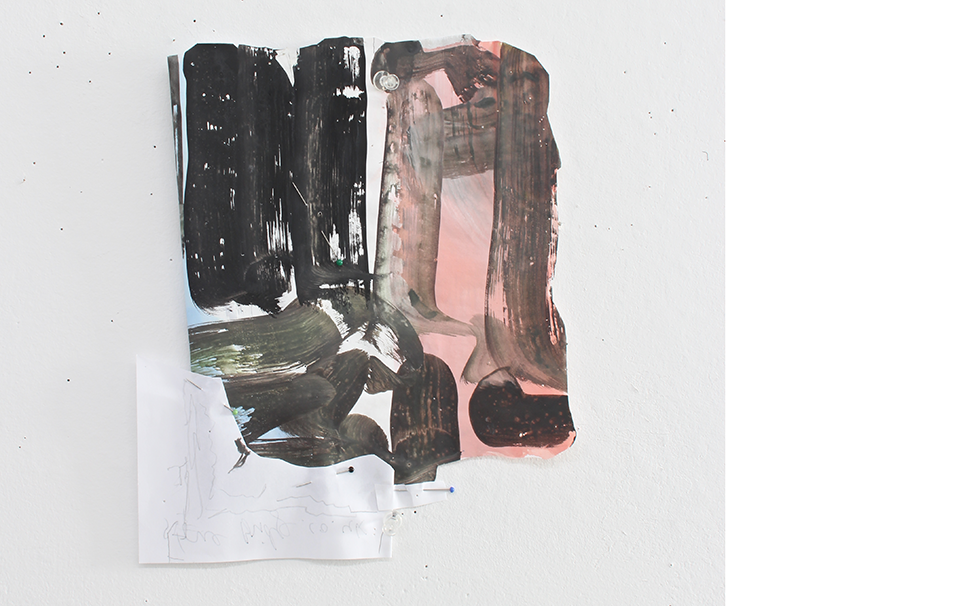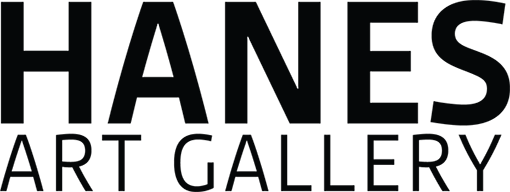Mieke Gelley

Mieke Gelley
Seeing What I Did Not Know
FEBRUARY 13 – MARCH 31, 2014
The work of Mieke Gelley displays the humble courage, piece by piece, to be tentative, provisional. When gathered or quietly grouped, the individual elements hint at coalescing into an organism that inhabits space according to its own internal logic, its autonomous elements communicating through a sort of unseen rhizomal network. Their particular convergence at any given moment is only one of many possible iterations.
The works or their groupings are not the projections of ideas; they follow the existential belief, stated by Sartre, that being precedes essence. Ideas emerge subsequent to these objects, which exist in the visible spectrum between nothingness and being.
Gelley’s work shows affinities to other “post-minimalist” artists, like Richard Tuttle, who frequently use the approaches, forms, geometries, even some of the deadpan iconic shapes of late modernism, but without the scale, self-seriousness and grand thematic reach that is often embodied in that work. There is an ad hoc quality to much post-minimalist work, sometimes characterized by minimal interventions acted upon found or lightly manipulated common materials.
Minimalism had no qualms about saying of itself, maybe a little disingenuously, “it is what it is,” with the implication that the “is” in question was inarguably vital and important. But laconic Minimalist works like Donald Judd’s, while materially direct, are often oblique or abstruse in their literalness. Mieke Gelley’s work conveys that it is something. What that something is, and therefore what it might mean, is open and mutable, perhaps as much metaphor as material.
Reaching a little further back, to abstract expressionism, some of Gelley’s work (like Robert Ryman’s), concentrates with mixed feelings on the historically fraught nature of the “brushstroke” itself, which, in the general absence of figuration and depiction, was asked to carry increasing weight -content itself, really. Exemplified in works like Pollock’s and de Kooning’s, the “stroke” is often venerated as the indexical record of the artist’s touch and expressivity (Rauschenberg’s and Tinguley’s deconstruction of the mythology of the stroke through repetition notwithstanding). Most of the works of high modernism are notoriously devoid of intentional irony or humor. But often its products, too, are linked in their critical history to notions of existentialism. This creates a paradox. I’ve just argued that post-minimalist works hew closely to the existential credo that being precedes essence. However, they embody a very different sensibility; often self-deprecating, sometimes wryly humorous, lacking hubris. Problems in -and impulses for making- art, change less than solutions for them.
‘nothing’ is the force that renovates the world – Emily Dickinson
About the Artist
Mieke Gelley was born in the Netherlands in 1944, and began her studies at the Royal Academy of Fine Arts, The Hague, where she received her degree in painting. In 1974 she completed an MFA in printmaking from the University of California, Irvine. Some of her solo exhibitions include: Galerie Cirq, Heusden, The Netherlands, 1991; Jan Turner Gallery, Los Angeles, 1990; Galerie Asselijn, Amsterdam, December, 1983. Group exhibitions include: Paper, Andrew Shire Gallery, 2013; Impression, Irvine Fine Arts Center, 2013; Stedelijk Museum, Amsterdam, 1975.
Curator
Paul Bright, Charlotte and Philip Hanes Art Gallery Director

